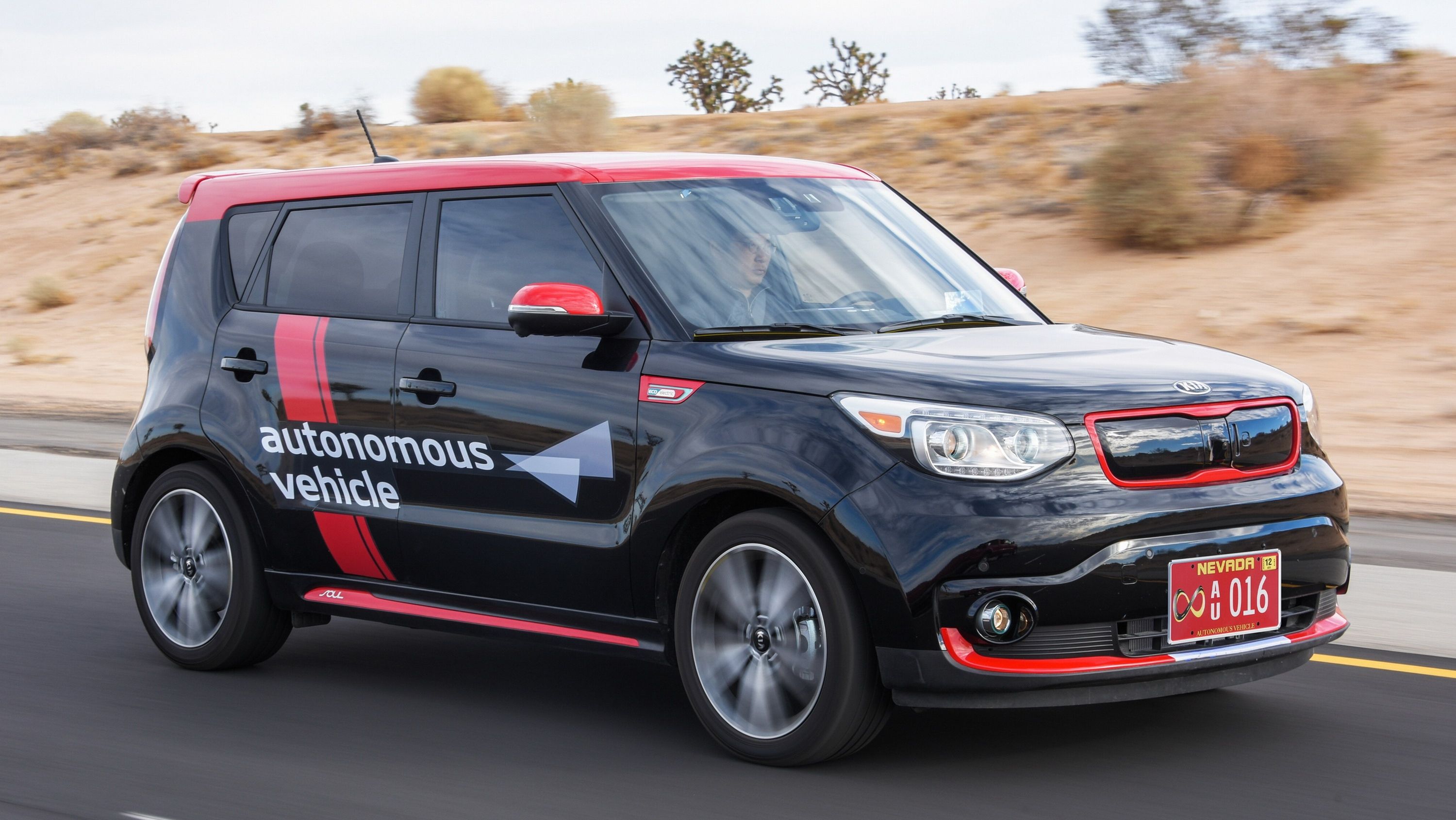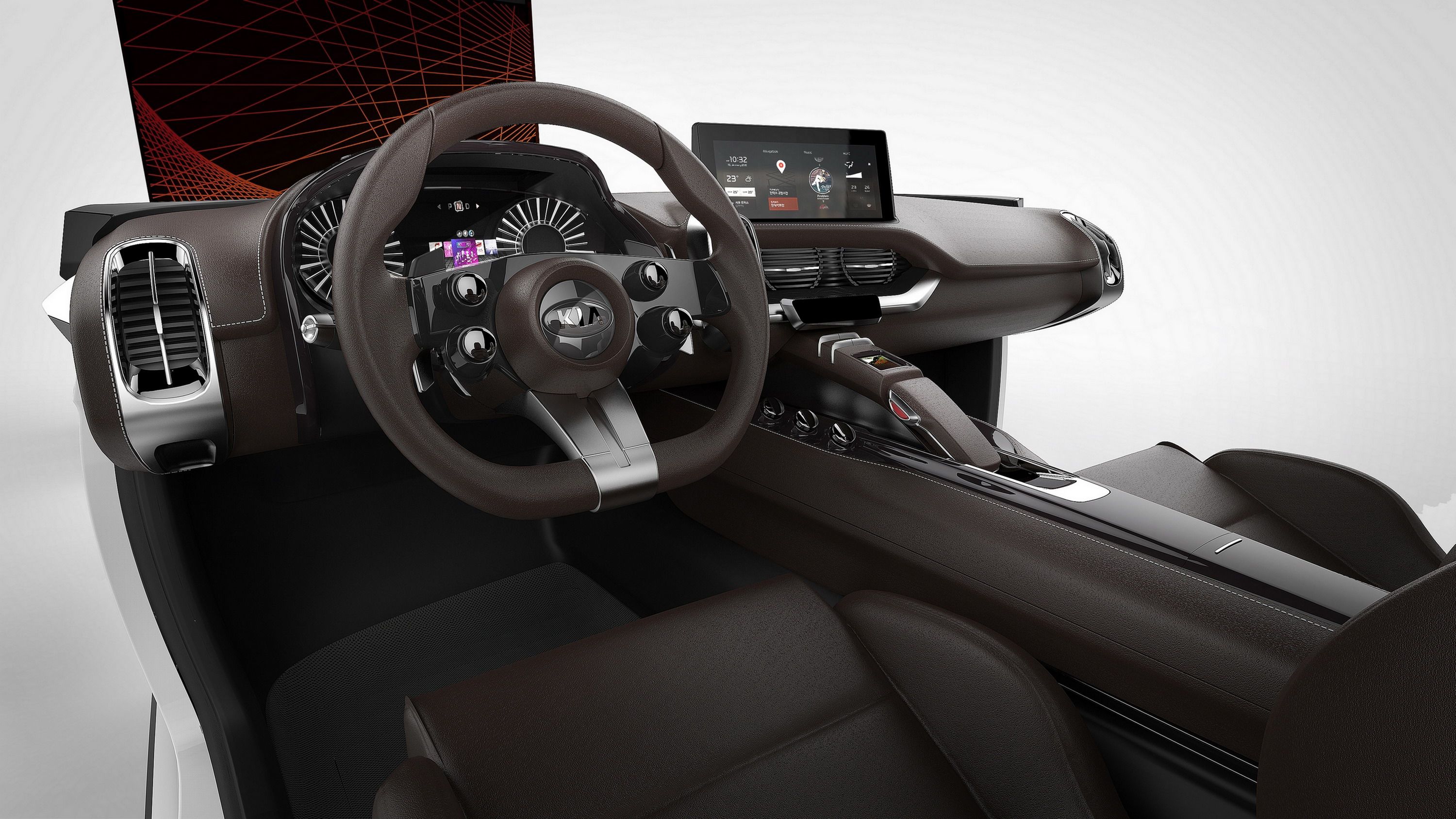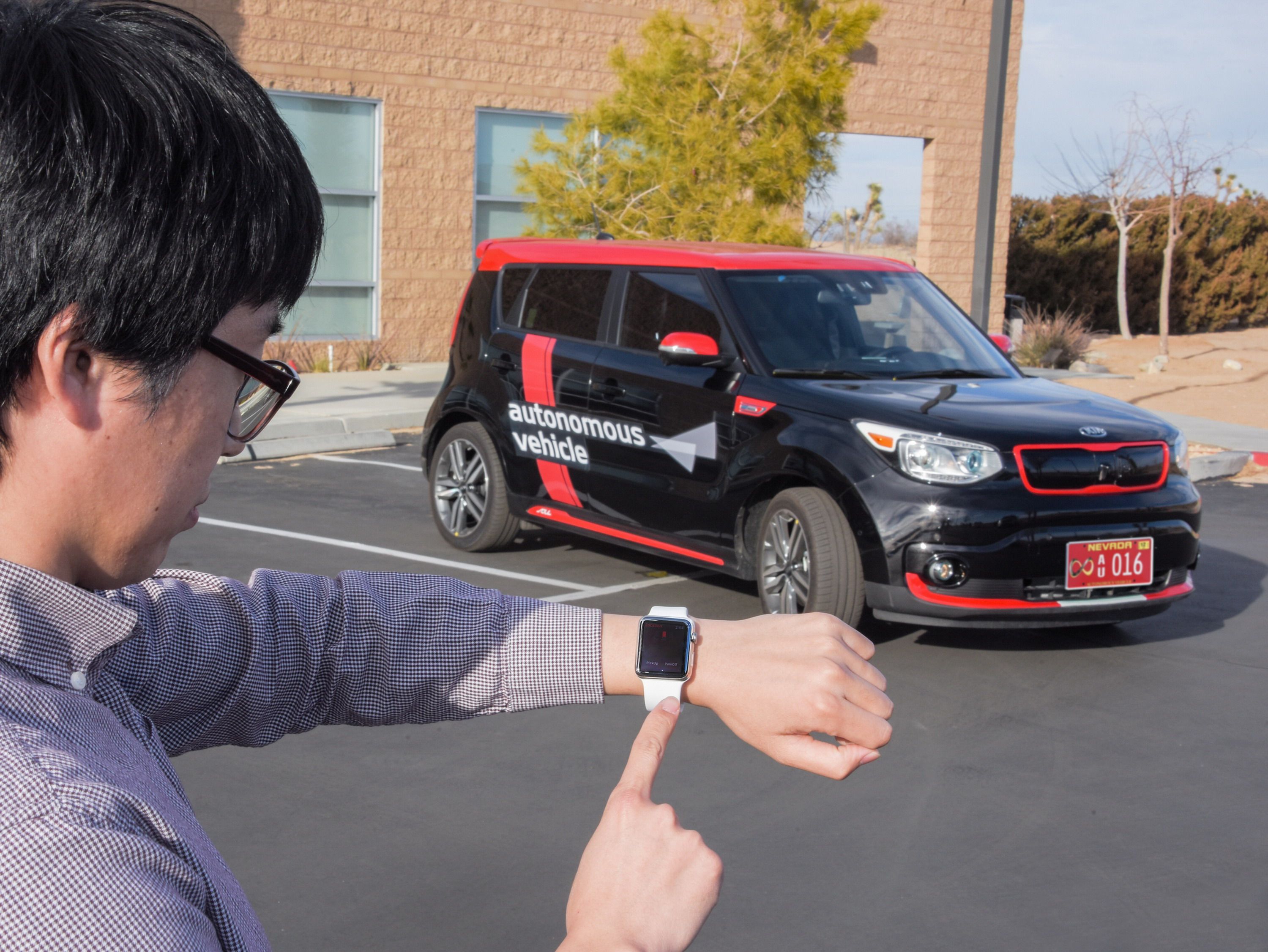The Consumer Electronics Show->ke3008 was once a show that showed off various technologies for the home, new computer systems, new mobile devices and the like, but this year, CES seems more like an auto show than an electronics show. As our society gears up and aims for autonomous cars, the major auto manufacturers are engaged in what seems like the biggest competition since the space race. Once such manufacturer that is putting its all into technology development is Kia Motors,->ke41 with is new sub-brand DRIVE WISE.
At CES this year, Kia has put on display its current autonomous technologies and what it is going to be developing over the next 10 to 15 years, as we slowly move over driverless cars. These new technologies will provide a higher level of driver assistance and improve safety by “eliminating the inherent dangers, stresses, and hassles of driving.” Current DRIVE WISE technologies on display at CES include Highway Autonomous->ke5282 Driving, Urban Autonomous Driving, Preceding Vehicle Following, Emergency Stop System, Traffic Jam Assist, and Autonomous Parking & Out functionality. These technologies will be able to identify potential hazards and react to them as soon as possible if the driver fails to.
That isn’t all that DRIVE WISE has to offer, however. It also includes a new way to for humans to connect with their cars by using things like gesture control (Like we see in the BMW 7 Series,) fingerprint sensors, and advanced connectivity between the car and other smart devices. Kia is calling it I-Cockpit. By using fingerprints, future cars->ke2048 will be able to identify who is in the driver seat, and automatically adjust everything in the cabin to their liking – think of this as the seat, pedal, and steering wheel memory functions available in current cars, just way more advanced.
Continue reading for the full story.
Why it matters
Some of the technologies that Kia is developing under the DRIVE WISE moniker will sound fairly familiar. For instance, Highway Autonomous Driving functions similar to Tesla’s autopilot feature, just without as much driver input. It uses a combo of radar sensors and cameras to read the road ahead, including lane markings and cars. The car will be able to maintain its position – at a safe distance from other vehicles – in a given lane. Unlike Tesla’->ke1842s current autopilot system, however, it will be able to switch automatically into other lanes as needed automatically or follow a different road without human input. The Urban Autonomous Driving technology functions in a similar way, but uses GPS and life traffic updates to navigate through city streets and traffic safely.
One of the biggest concerns with autonomous driving is how well the car will be able to maintain safe function when road markings or street signs are in less-than-favorable condition, or unreadable altogether. DRIVE WISE appears to have an answer for that too, with the Preceding Vehicle Following Technology. Simply put, the car will be able to read the cars around it and go with the flow of traffic – preventing the possibility of accident or the need for the driver to take over.
Next up is the Emergency Stop System and Driver Status Monitoring, and this is where things get a little freaky. During routine driving, the car will monitor the driver. If the car determines the driver is distracted, or that his eyes stray from the road too long, the car will take over and safely pull the vehicle to the side of the road. So with that, I have a little note for all of you that still text and drive: The laws may not stop you from texting and driving, but eventually your car will.
Finally, the last major technologies on display are the Traffic Jam Assist and Autonomous Parking functions. TJA will monitor vehicles ahead and maintain a safe distance by automatically braking and accelerating. At the same time, it will scan for openings and automatically change lanes and positions to work slowly through the traffic jam. Eventually, this technology might put an end to traffic jams all together once we go fully autonomous. Autonomous parking is self-explanatory. By the simple press of a button or call from your mobile device, your car will park automatically, or pick you up from the mall doors. It seems like just another way for humans to be lazy, but it’s still a cool technology and will be hugely beneficial to those who are disabled and unable to walk even short distances.
Kia is planning to bring fully autonomous cars – the ones that require nothing more than a few voice commands to get from one place to another – to the market by 2030, and it has a clear plan to do so. By 2018, it will invest a total of $2 billion just to the development and advancement of these new DRIVE WISE technologies. DRIVE WISE still has a way to go, but as KIA continues to develop its vehicle-to-everything communications system (V2X), DRIVE WISE will come under deeper development as the two systems work hand-in-hand. V2X will be able to communicate with other cars, and driving infrastructures, allowing the car to identify driving scenarios and react as a human would – real artificial intelligence if you will.
Kia Soul EV Autonomous Vehicle Driving
KIA is already well on its way to developing these systems, as Nevada has given the manufacturer permission to test these technologies on public roads as they are developed. What better car to do that with than Kia’s very own Soul EV – the first global electric vehicle sold by the Korean manufacturer. The Soul EV will act as the company’s ambassador of autonomous technology – the car that you’ll see driving all by itself around Death Valley, testing KIA’s latest DRIVE WISE technologies. For now, the car will probably have a human pilot at the helm, at least watching what the car is doing, but don’t be surprised if you see the Soul EV piloting driving all by itself sometime in the next few years.




